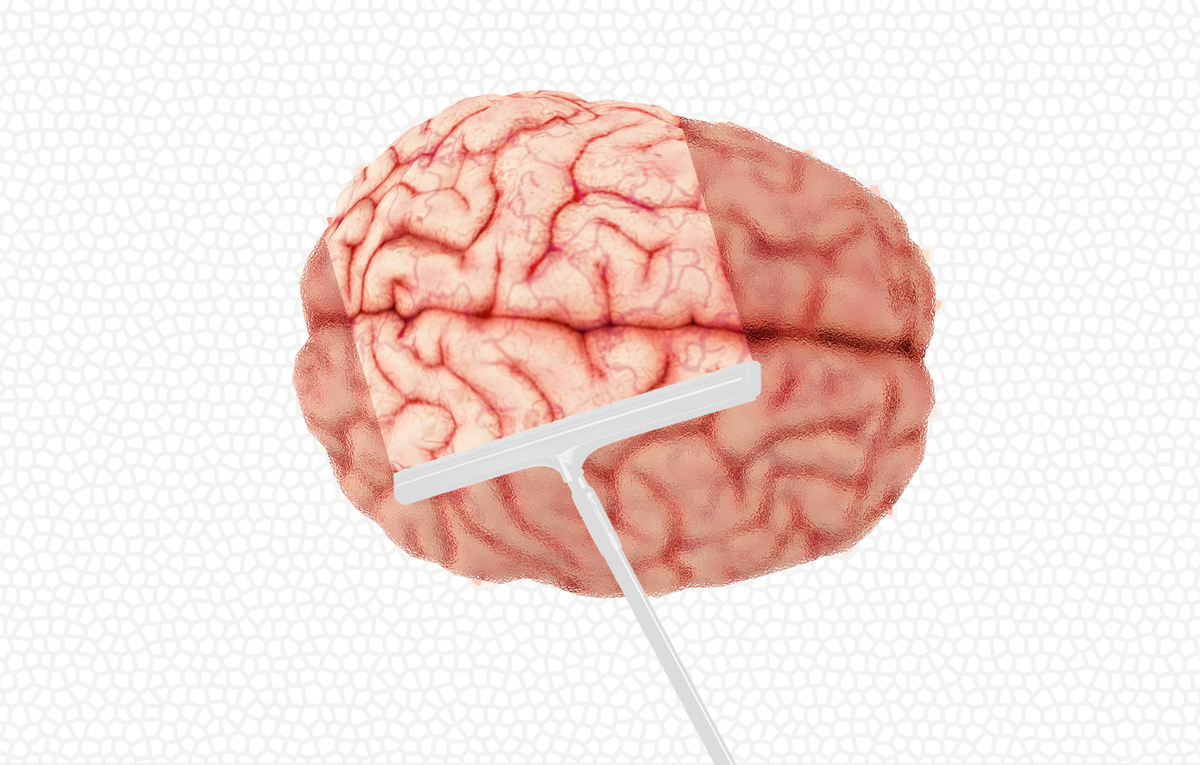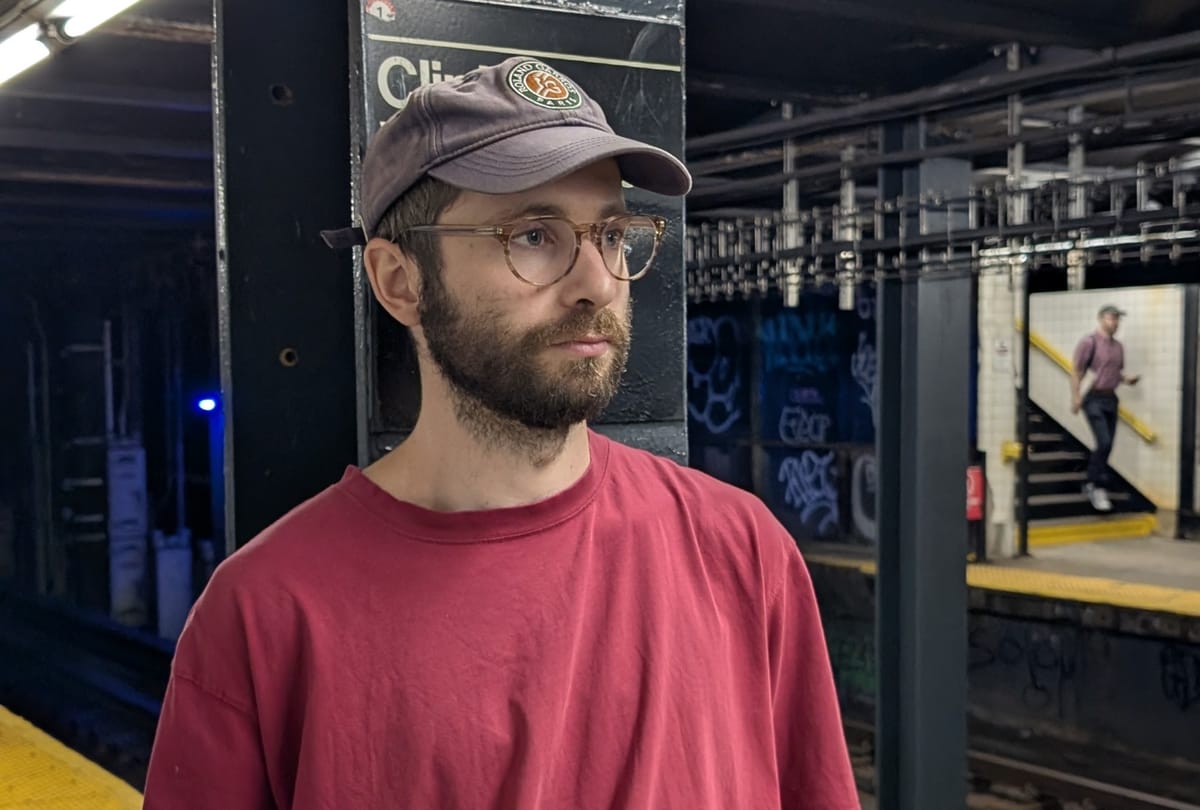The day before my qualifying exam, I opted for a couple hours of extra sleep rather than a couple hours of extra last-minute cramming. As a graduate student raised on sleep and memory studies, it would have been disingenuous to DISregard their results. Sleep promotes better memory and may protect against neurodegenerative disorders such as Alzheimer’s disease. But what exactly is good sleep? Is good sleep just about hitting eight hours every night? Or is there a deeper science behind sleep's restorative powers?
Scientists have known for over a century that sleep improves memory. In 1924, psychology researchers demonstrated that participants who were allowed to sleep after learning a list of words recalled more words than those who stayed awake. Sleep helps consolidate memories, and in the century since that pioneering work, scientists have gained a lot more insight into what our neurons are actually doing to store memories while we sleep.
Sleep kicks consolidation into another gear by quieting our responses to the outside world.
We can study learning and memory at a cellular level by zooming into the connections between neurons which store memory — the synapses. How reliably those same synapses activate determines the strength of the memory stored. What makes memories stronger is a process that follows learning, called consolidation. Memories begin consolidating while you are still awake. Sleep kicks consolidation into another gear by quieting our responses to the outside world. Your brain then organizes information into networks of tightly bound synapses replaying the patterns they have learned throughout the day, like an orchestra practicing their parts in an empty rehearsal hall. These patterns are organized according to global brain waves that only occur during sleep, like — our neuronal conductor keeping everyone in rhythm. Sleep strengthens local synapses and also transfers memories to other areas of the brain. Short term memories are stored in the hippocampus, and may be transferred to the cortex, the outermost layer of the brain, or other regions for long term storage. This forms our long-term memories.
Neuroscientists argue that it is the primary reason why we need to sleep — but it may not be the only reason.
A debate about sleep
It turns out that sleep is not just about preserving the good but also flushing out the bad.
In an incredible effort spanning the past decade and a half, neuroscientist Maiken Nedergaard’s lab has uncovered what they call a “glymphatic system,” a network of channels that moves cellular waste materials away from neurons and into the fluid surrounding the brain, known as cerebrospinal fluid or CSF. Nedergaard’s team injected a fluorescent substance that traces how fast CSF moved and where. Surprisingly, they found that fluid moved faster during sleep, carrying the tracers through and out of the brain. They found that the glymphatic system could remove toxic proteins like the ones found in Alzheimer’s during its nightly “brainwashing” sweep.
When Nedergaard’s lab announced these results in 2013, the glymphatic system swept headlines drawing both support and skepticism. Their idea countered previous theories about CSF movement, and critics claimed the “glymphatic” hypothesis was flashy and convenient, but unsubstantiated. Nedergaard has maintained her position and the debate has continued into today.
The glymphatic system could remove toxic proteins like the ones found in Alzheimer’s during its nightly “brainwashing” sweep.
The lab persevered, building upon their initial case by connecting the glymphatic system back to more conventionally studied sleep phenomena, like sleep stages. Key open questions include what drives fluid movement, and why this system is more active at night. To answer these, Nedegaard has worked with sleep researchers like Anita Lüthi, monitoring how it changes with our sleep stages and works with other rhythms in our brains.
When you sleep, your brain responds less to outside stimuli so it can generate more activity of its own. These activities follow patterns that we call sleep stages. You might be familiar with the rapid eye movement (REM) stage of sleep. We also need non-REM, or NREM, to feel well-rested. NREM is also the stage that produces the necessary brain waves that help consolidate long-term memories. But how do we get to NREM sleep? The hormone norepinephrine might play a role.
Norepinephrine is usually associated with wakefulness in response to drugs like amphetamine. How can memory actually be related to arousal hormones, when we know that sleep is what strengthens memories? Nedergaard’s team set out to answer this question and, in 2022, linked the rise and fall of norepinephrine with the brain waves that help consolidate memories during sleep. This had never been shown before. Then, in a recent paper, they found that norepinephrine drives blood flow through the brain, which increases waste clearance through the glymphatic system during NREM sleep.
This newest discovery finally tied Nedergaard’s theory of a glymphatic system to the more traditionally studied facets of sleep and memory: Preserving memories and clearing waste could, somehow, be driven by the same hormone during the same stage of sleep.
What this means for our sleep
The surprising role of norepinephrine in memory preservation and waste clearance may change the way we define “good sleep.” Both of those functions may be instrumental in combating neurodegenerative diseases that are associated with toxic protein buildup, including Alzheimer’s and Parkinson’s. And mouse studies showing what “good sleep” means could present opportunities to understand how sleep medications alter human sleep.
Recently, Nedergaard’s team, led by postdoc Natalie Hauglund, tested the effect of the sleep aid, Ambien, in mice. Ambien targets the receptors of the inhibitory neurotransmitter GABA, which reduces brain activity. Surprisingly, they found that Ambien interrupts norepinephrine’s rise and fall during sleep, which stifles cerebrospinal fluid flow. So while Ambien puts you to sleep by quieting brain activity, it also quiets the norepinephrine driving the supposed waste clearance system.
The sleep aid melatonin seems to work differently. About 27.4% of adults use melatonin, according to a Sleep Foundation survey in 2022. Unlike Ambien, melatonin was shown to preserve the NREM sleep brain waves in a human clinical trial and may increase glymphatic clearance in mice. Although people usually use it to fall asleep faster, melatonin may promote NREM sleep without affecting REM sleep, perhaps making it a better choice for getting those benefits we would normally get from natural sleep.
We certainly pay the price for delaying sleep or not getting enough. But maybe we can understand more by looking at diseases that are known to cause sleep disorders. Sleep and memory research intersects frequently with Alzheimer’s research. The company Cognito Therapeutics is developing a headset that restores proper brain wave function in Alzheimer’s patients, slowing symptoms such as memory decline. The headset delivers flashing lights and tones at the 40 Hz frequency, which is associated with the brain waves that promote memory consolidation. The company claims that the headset improved sleep. Tsai’s lab also showed this frequency improved glymphatic clearance in mice. This treatment may prove neuroprotective because of how it mimics the specific brain waves observed during sleep.
Most of our current interventions center around staying awake longer (caffeine) or falling asleep faster (melatonin), but none are true sleep replacements. We struggle enough in understanding natural sleep and why it protects us from diseases like Alzheimer’s. But research like Nedergaard’s proves that the field of sleep research is expanding, and the more we understand about natural sleep processes the more we can capture and use in our own interventions, whether those conducted in the lab or when we tuck ourselves in at night.
This essay was produced through Sequencer's Storytelling Mentorship Program. Your support through donations and subscriptions helps early-career scientists and creatives tell stories you won't find elsewhere.
If you can spare a few bucks, consider enabling us to continue this work with a one-time donation or regular subscription. Thank you.




